Color Theory
Color
Color will be the visual identifier for your brand in the marketplace. Color will instantly broadcast who you are and what your company represents immediately to your clients. This is where your brand can differentiate from your competitors. Successful color usage can immediately connect with your clients and influence their engagement. Colors used in Branding can become iconic. We help our clients leverage the power of color which relies on accurate and consistent color schemes used in digital marketing, social media marketing, PR campaigns, print marketing and email marketing. We research the brand archetypes, color psychology, color harmonies, and keyword relevance to create an aesthetically unique color palette the elicits the mood, feel, and emotion of your brand to connect with your audience.

Primary Colors
Red, Yellow and Blue are the basic colors. They cannot be made by mixing any other colors.





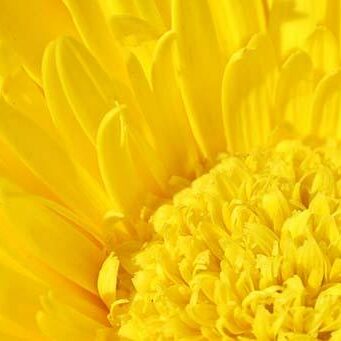
Secondary Colors
Orange, Green and Violet. Each secondary color is made by mixing two primary colors.





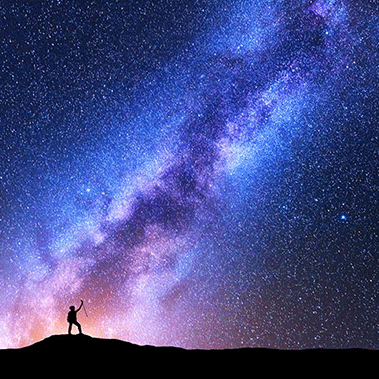
Tertiary Colors
There are six tertiary colors. Each tertiary color is made by mixing a primary color with an adjacent secondary color.
Green-Yellow, Yellow-Orange, Orange-Red, Red-Violet, Blue-Violet, Blue-Green.





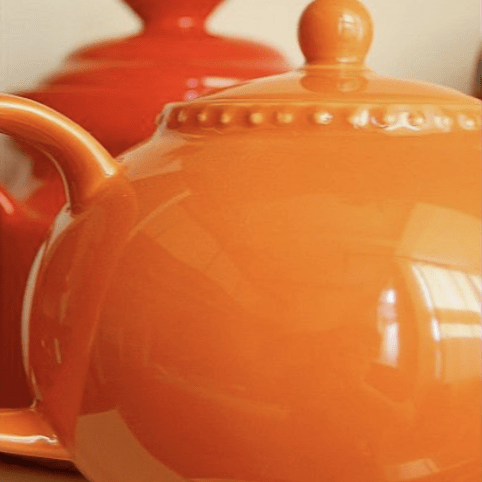

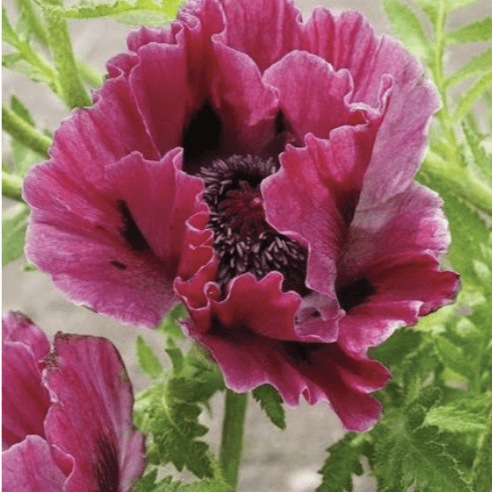

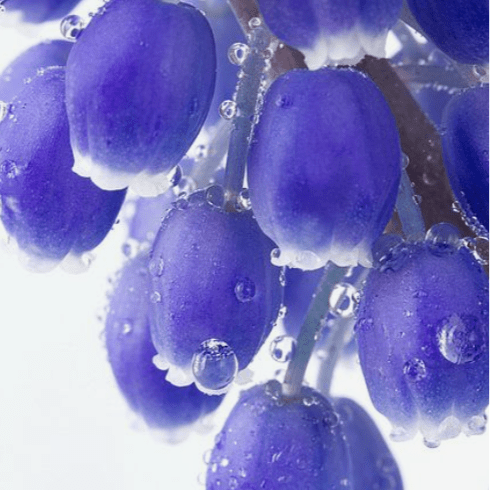


Warm Colors
Yellow, Yellow-Orange, Orange, Orange-Red, Red.










Cool Colors
Green, Green-Blue, Blue, Blue-Violet, Violet.










Hues



















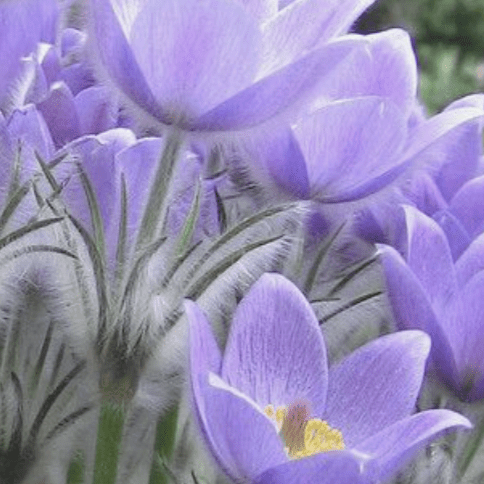

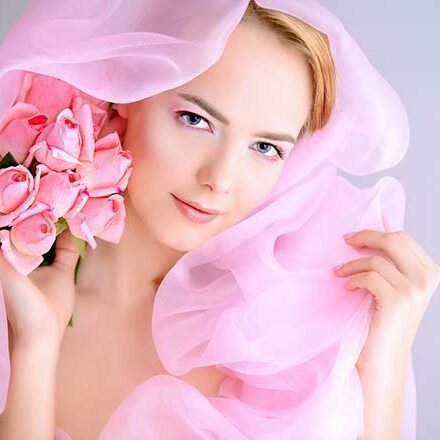


Grey Scale










Hue
A hue can be referred to as one of the primary (Red, Yellow and Blue) and secondary colors (Orange, Green, and Violet) of the color wheel. Hues refer to the underlying base color of a color mixture. White, Grey and Black are not included as a hue.

Chroma
Chroma is sometimes referred to as saturation, purity or color intensity. Chroma is the vividness of a color. High chrome is free of white, grey and black. Chroma can be measured in absolute on the Munsell Color Scale. Munsell Color Scale is a three-dimensional scale based on three properties of color measuring hue (Basic Color) Chroma (color intensity) and value (lightness).

Tints
A tint is a hue mixed with pure white. Sometimes they are referred to as pastels, but the true definition of a tint is adding white to the pigment. A tint lightens the color but does not brighten the hue.

Tone
A tone is a hue mixed with gray. The gray is created by mixing white and black, not a neutral gray that is created with a color. The gray will tone the hue. As gray is added, the duller the hue becomes.
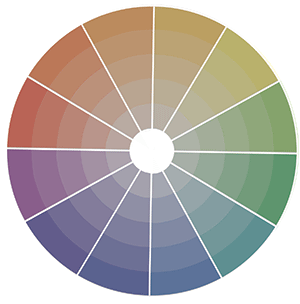
Shades
Shades are created by mixing black with any hue. The black darkens the hue. The more black added, the darker the hue becomes until the hue is no longer detectable in the shade.

Color Hex
Color HEX is also supported by all browsers. The hexadecimal system is #RRGGBB or # Red, Red, Green, Green, Blue, Blue.
Hexadecimal Number Scale
Decimal
0
1
2
3
4
5
6
7
8
9
10
11
12
13
14
15
Binary
0
1
10
11
100
101
110
111
1000
1001
1010
1011
1100
1101
1110
1111
Hexadecimal
0
1
2
3
4
5
6
7
8
9
A
B
C
D
E
F
One hexadecimal digit can have 16 values ranging from 0 – 15. One Byte is two hexadecimal digits together. This adds up to “16 x 16 = 256 different levels of color.” (Hexadecimal, n.d.).
Each color can represent 256 colors ranging from 0-255. That means 256 x 256 x 256 + 2563 0r 16,777,216 possible color combinations (Hexadecimal, n.d.).
When devices claim they have 16 million colors, this is the reference.
MISSION STATEMENT
The art of bringing brands to life - start to finish ™
Sign up for marketing tips, how to's, inspiration and more.
For more information contact Christine Solazzi at info@ChristineSolazzi.com
© 2025 CreativeBrandLand @ 2025 Christine Solazzi